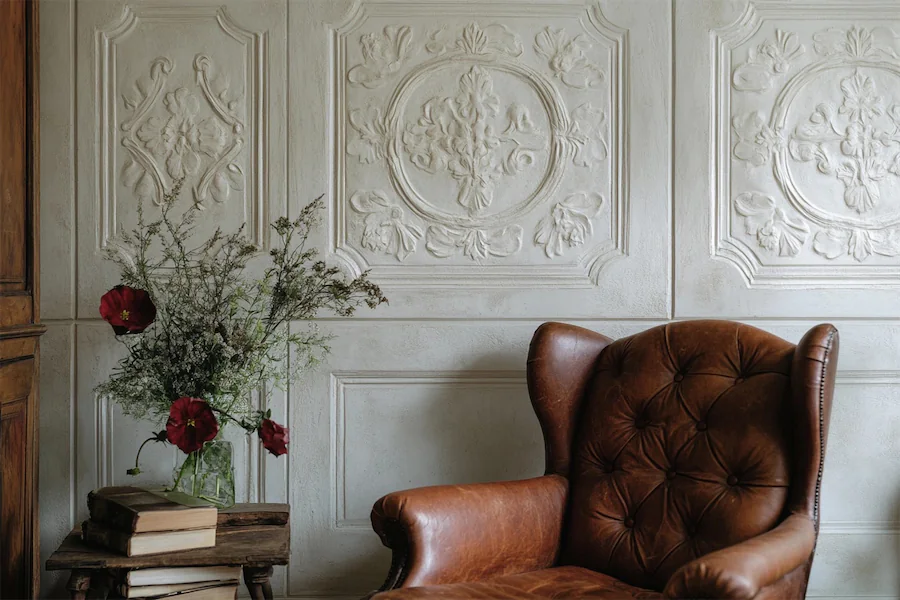Classical Revival architecture, also known as Neoclassical architecture, emerged in the 18th and early 19th centuries as a revival of classical Greek and Roman design principles.
This style is characterized by grandeur, symmetry, and the use of classical elements, prominently reflected in wall designs.
Key Features of Classical Revival Walls
- Symmetry and Proportion: Walls are designed with balanced proportions, often featuring evenly spaced windows and doors to create a harmonious facade.
- Use of Columns and Pilasters: Incorporating columns (Doric, Ionic, or Corinthian) and pilasters into wall designs adds depth and classical elegance.
- Decorative Elements: Features such as friezes, cornices, and pediments adorn walls, providing intricate details that enhance the classical aesthetic.
- Material and Color: Walls are typically constructed from stone or stucco, often painted in white or light hues to emulate the marble of ancient structures.
Applications of Classical Revival Wall Designs
- Public Buildings: Government edifices and museums often employ Classical Revival walls to convey authority and permanence.
- Residential Architecture: Homes designed in this style feature symmetrical facades with prominent entryways, incorporating pilasters and decorative moldings to exude elegance.
Considerations When Designing Classical Revival Walls
- Authenticity: Adhering to classical proportions and detailing is crucial to maintain the integrity of the style.
- Material Selection: Choosing durable materials that age gracefully ensures the longevity and timeless appeal of the design.
Conclusion
Classical Revival wall designs encapsulate the enduring beauty of ancient architecture, emphasizing symmetry, proportion, and decorative elements. By thoughtfully integrating these features, structures achieve a sense of grandeur and timelessness that continues to inspire architectural design.
